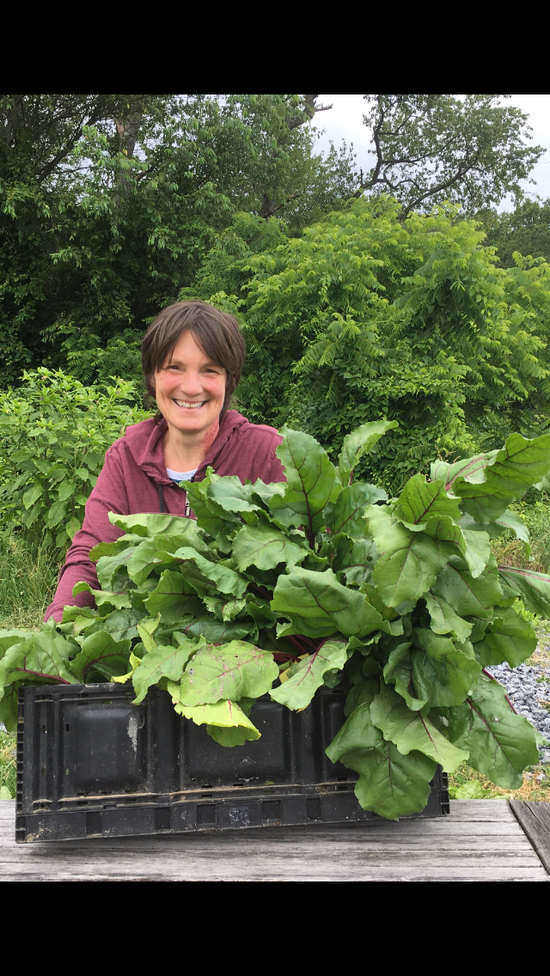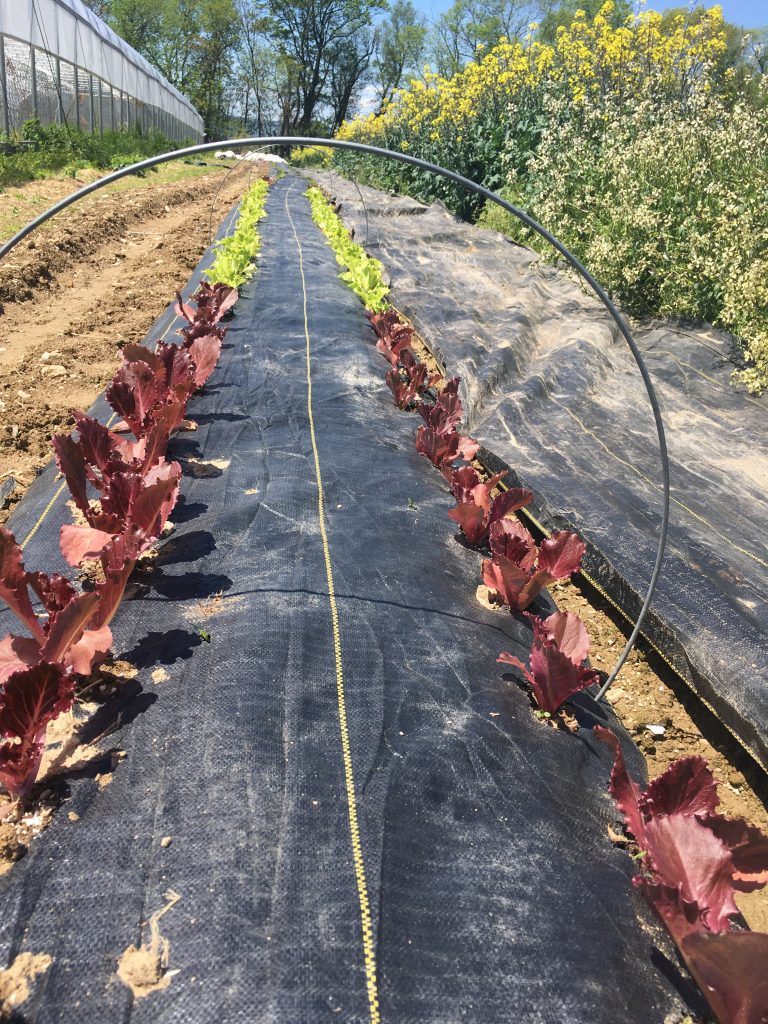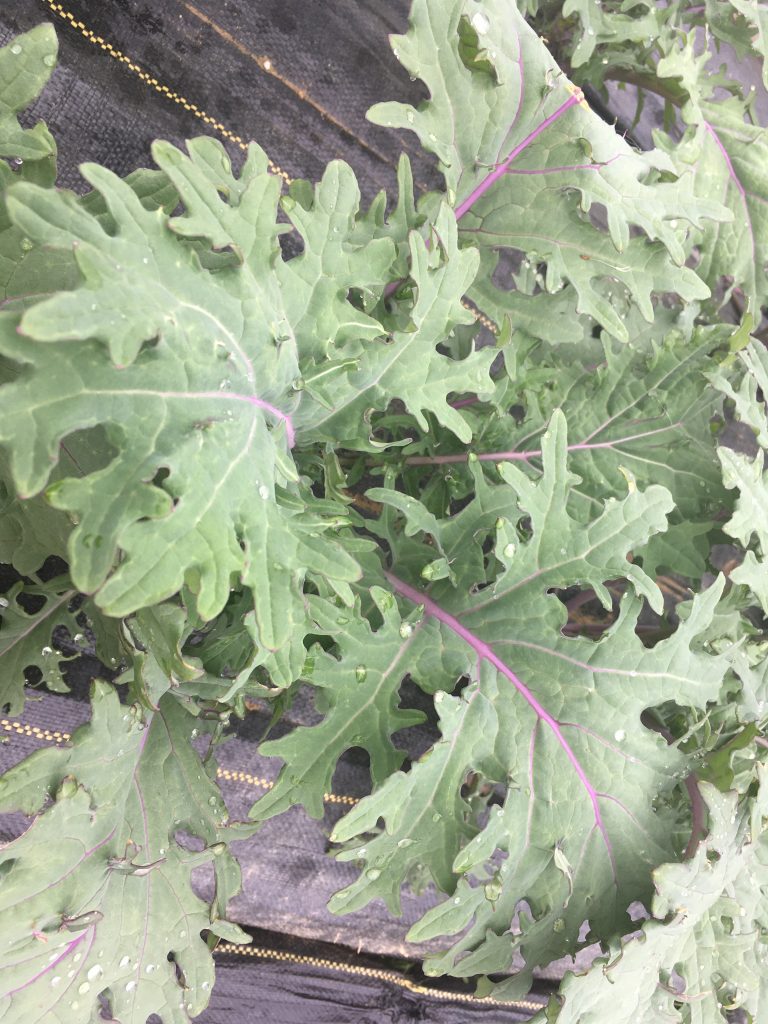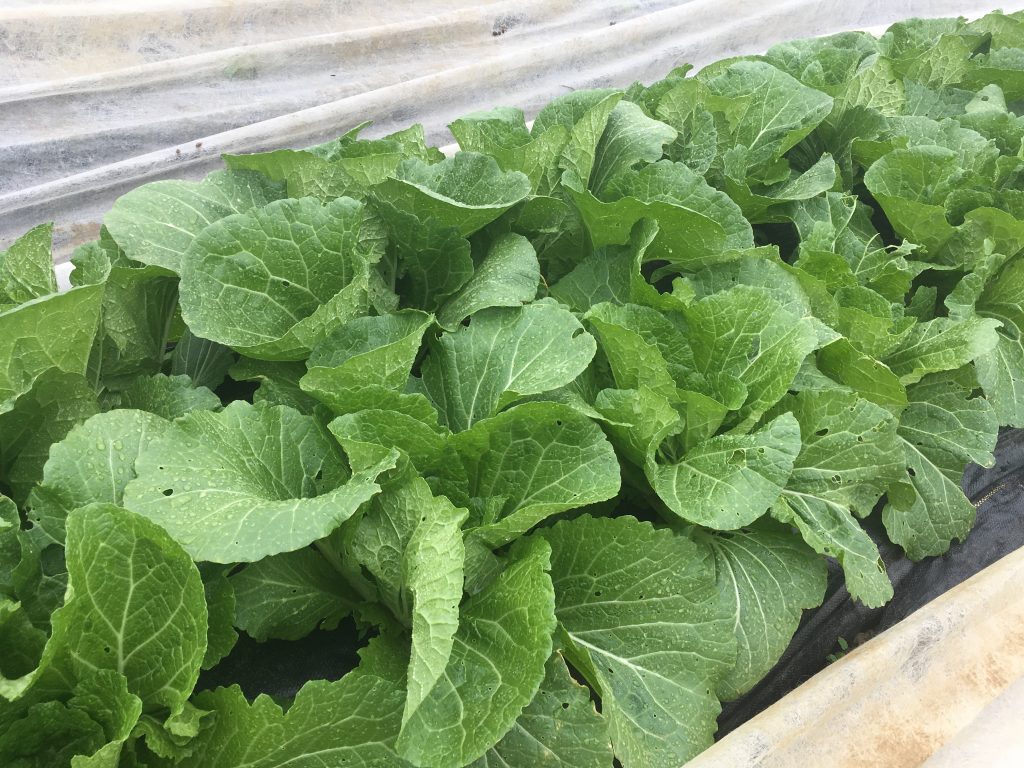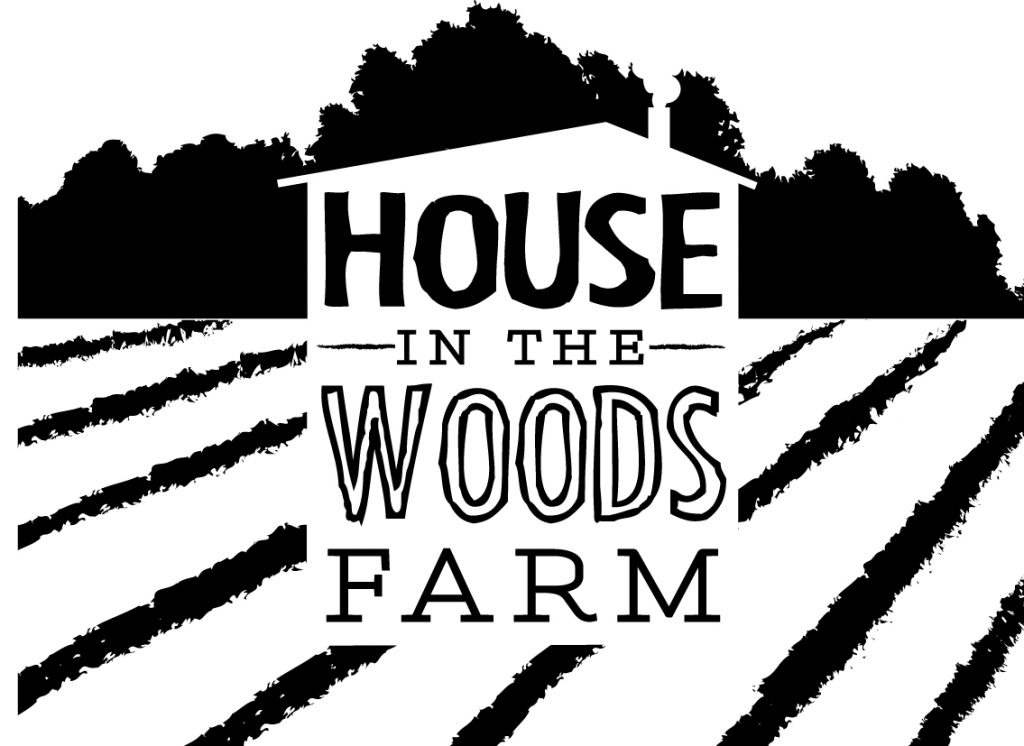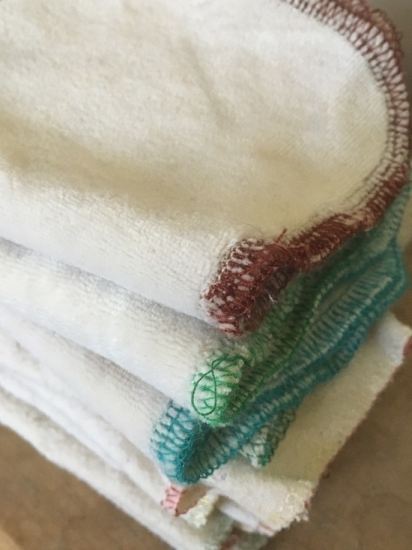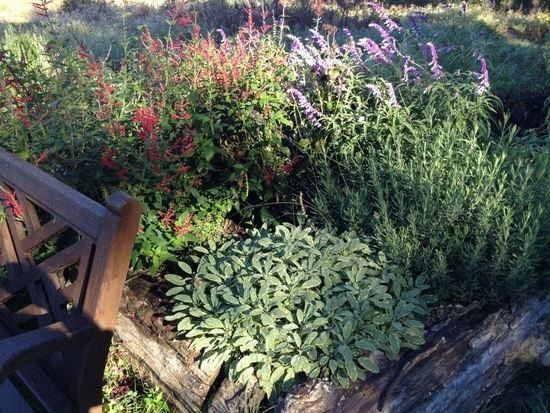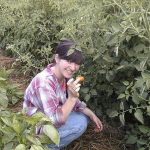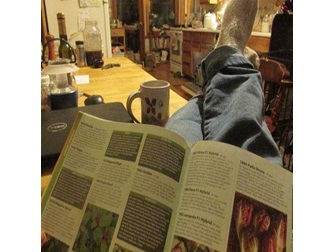
There is a myth that farmers only work during the growing season. That we have nothing to do in the wintertime but vacation, tinker, make crafts and read books. Certainly, on our organic vegetable farm, we are busiest during spring planting and summer harvests. But winter is the time to get everything else done.
Winter is farm cleanup time. Clear the rows of hoops and dirt bags, the supplies that keep row covers over the crops. We pile up the hoop and dirt bags at the top of the row on pallets. The pallets can be scooped up on the tractor forks and driven to a storage spot. Mulch the blueberries. Tuck the fig tree under some protective mulch for the winter. We put things away that were set amiss during busier times. Haul the recyclables. Stack tomato trellis panels. Mow the field perimeter. Pull up rows of landscape fabric and reroll it, ready to use for weed control in the fresh spring rows. Organize the barn.
Winter is project time. Build more hoophouse benches for seedling trays. Build an arbor for the hardy kiwi vines. Build new herb garden beds. Work on the solar panel project. Fix the tractors, replace wearing blades. Have a baby.
Yes, we even coordinated our children’s births with the “off-season.” Not because we are that organized, but mainly because my husband got a nervous twitch when he thought about a spring baby. There was a window of opportunity, you might say. Our sons were born in January and October. It is not a coincidence.
Winter is fix-it time. Fix the driveway, order gravel dump loads. Rebuild broken wood crates. The bathroom back-splash project.
Winter is housework time. We start to notice the condition of our house. House cleanup and fix up, decluttering, things that never hit the list during the summer season. Put up new clotheslines. Build shelves in the closet. Clean up. Some.
Winter is, indeed, vacation time as well. Go cross-country skiing, go on an adventure, go to a farm conference, visit faraway friends. We don’t leave the farm often, but we try to get away some.
Winter is planning time. I drink tea and peruse a seed catalog, dreaming about next year’s garden. Provider Bush Beans. Windsor Fava. Let’s try edamame! Drop the peppers that didn’t produce well. Plant some horseradish root. Maybe Chioggia beets this year. Want to grow more sunflowers?
For years, I would send the kids to their grandparents’ house for a sleepover and Phil and I would stay home to review the seed order together. It took hours, lovely hours over tea and an Excel spreadsheet, with dreams and hopes for next year’s garden. I enjoyed those meetings. Now, in our fifteenth season, seed ordering is easy. Phil pretty much just handles it, reviewing last year’s spreadsheet and making a few changes. We mostly stick with favorites that grow well for us. We always add a few new varieties to try, and change a few things up. Add a couple pipe dreams. Like fava beans. To keep things interesting.
Winter is rest time, too. Even though the job list is long, we sneak in the rest and slow our routine down. We sleep in more days. Cook more soup. Bake cookies. Visit with friends. Read books out loud in the evenings to the kids. Certainly, farming keeps us busy year round, but the busi-ness changes with the seasons.
written by Ilene White Freedman for Mother Earth News published on 10/5/2020




